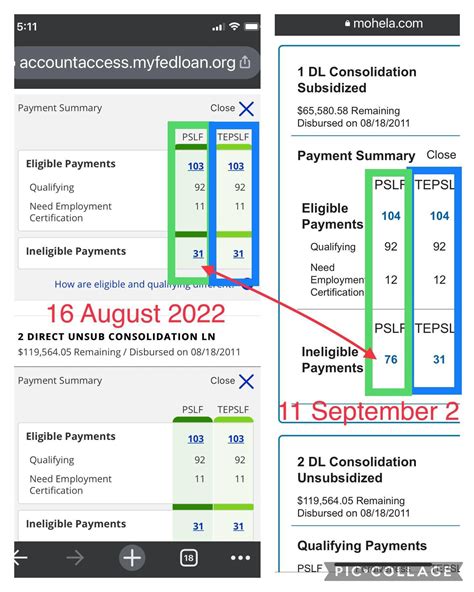Introduction

Mohela, a loan servicer contracted by the U.S. Department of Education, plays a crucial role in managing federal student loans. Understanding the distinction between the due date and the end date of a Mohela loan is essential for effective repayment planning. This article provides a comprehensive overview of the differences between these two key dates.
Mohela Due Date
The Mohela due date refers to the date by which a borrower is required to make their monthly loan payment. Failure to make a payment by the due date results in late fees and potential damage to one’s credit score. Therefore, it is crucial to establish a payment schedule and ensure timely payments to avoid these consequences.
Key Points:
- Mohela due dates are typically determined based on the borrower’s original loan disbursement date and payment plan.
- Borrowers can access their due dates through their online Mohela account or by contacting a customer service representative.
- It is essential to make payments before the due date to avoid penalties and negative credit impacts.
Mohela End Date
In contrast to the due date, the Mohela end date signifies the date on which a borrower’s loan is scheduled to be fully repaid. This date is determined by the loan amount, interest rate, repayment plan, and any additional payments made towards the loan. Reaching the end date represents the completion of a borrower’s financial obligation to the loan servicer.
Key Points:
- The Mohela end date provides borrowers with a clear timeline for loan repayment.
- By understanding the end date, borrowers can plan for the future and make informed decisions regarding additional debt management strategies.
- Reaching the end date brings a sense of financial accomplishment and the freedom from loan-related obligations.
Mohela Due Date vs End: Comparison
| Feature | Mohela Due Date | Mohela End Date |
|---|---|---|
| Purpose | Payment requirement | Loan completion |
| Impact | Late fees and credit damage | Financial freedom and accomplishment |
| Determination | Disbursement date and payment plan | Loan amount, interest rate, and payment history |
| Relevance | Ongoing payment schedule | Future planning and financial goals |
Implications for Borrowers
Understanding the differences between the Mohela due date and end date is crucial for effective loan management. By tracking due dates and aiming to reach the end date as efficiently as possible, borrowers can minimize expenses, optimize financial planning, and achieve their debt repayment goals.
Strategies for Effective Loan Management
- Establish a Regular Payment Schedule: Set up automatic payments or reminders to ensure timely payments and avoid late fees.
- Explore Repayment Options: Consider different repayment plans, such as income-driven repayment, to tailor repayments to your financial situation.
- Make Additional Payments: Dedicate extra funds towards loan repayment to shorten the loan term and save on interest charges.
- Seek Professional Assistance: Contact Mohela or a financial counselor for guidance on loan management strategies and repayment assistance programs.
Frequently Asked Questions (FAQs)
1. How can I find out my Mohela due date?
Access your Mohela account online or contact customer service for details.
2. What happens if I miss a Mohela due date?
Late fees and potential damage to your credit score may result.
3. How do I determine my Mohela end date?
Calculate it based on the loan amount, interest rate, repayment plan, and any additional payments made.
4. Can I accelerate my Mohela end date?
Make additional payments or explore alternative repayment plans to shorten the loan term.
5. What should I do after reaching my Mohela end date?
Celebrate your financial accomplishment and consider consolidating or refinancing remaining debts.
6. How can I get help with my Mohela loan?
Contact Mohela customer service or seek professional guidance from a financial counselor or credit counseling agency.
